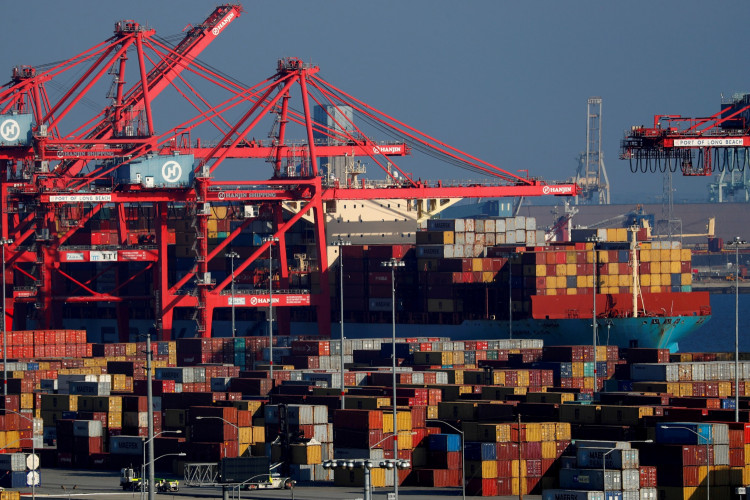The U.S. economy showcased its resilience by maintaining a steady growth rate in the second quarter, even as potential headwinds loom on the horizon. According to the government's third estimate for the April-June period, the Gross Domestic Product (GDP) increased at an unrevised 2.1% annualized rate, aligning with economists' expectations. Furthermore, the growth for the first quarter was adjusted upward to a 2.2% rate from the previously reported 2.0% pace.
Despite the solid economic performance, concerns are mounting over a potential government shutdown and the ongoing strike by auto workers, both of which could cast a shadow over the economic outlook for the remainder of 2023. The labor market, however, continues to be a pillar of strength. Recent data indicates that the number of Americans filing new claims for unemployment benefits saw a marginal increase last week. This robust labor market, characterized by low unemployment and strong wage gains, is driving the economy's resilience.
Some economists posit that the current economic strength and tight labor market conditions might provide the Federal Reserve with the justification to raise interest rates again in November. However, others believe that the emerging challenges might deter the U.S. central bank from further tightening its monetary policy.
The potential for a government shutdown, stemming from disagreements among Republicans in the U.S. House of Representatives over spending, threatens to dampen the economic momentum in the upcoming quarter. If Congress fails to secure funding for the new fiscal year commencing on October 1, a significant number of federal workers could face furloughs, and a myriad of services, ranging from financial oversight to medical research, might be halted.
Additionally, the strike initiated by the United Auto Workers union against major automakers like General Motors, Stellantis, and Ford Motor is anticipated to impact motor vehicle production and escalate automobile prices. Initiated nearly two weeks ago, the strike is already causing disruptions in supply chains.
Despite these challenges, the labor market remains robust. A recent report from the Labor Department revealed that initial claims for state unemployment benefits rose slightly to a seasonally adjusted 204,000 for the week ending September 23, which is still within the lower end of the year's range.
In conclusion, while the U.S. economy continues to exhibit strength, it faces potential headwinds that could influence its trajectory in the coming months. The decisions of policymakers, both in Congress and at the Federal Reserve, will play a crucial role in determining the nation's economic future.






